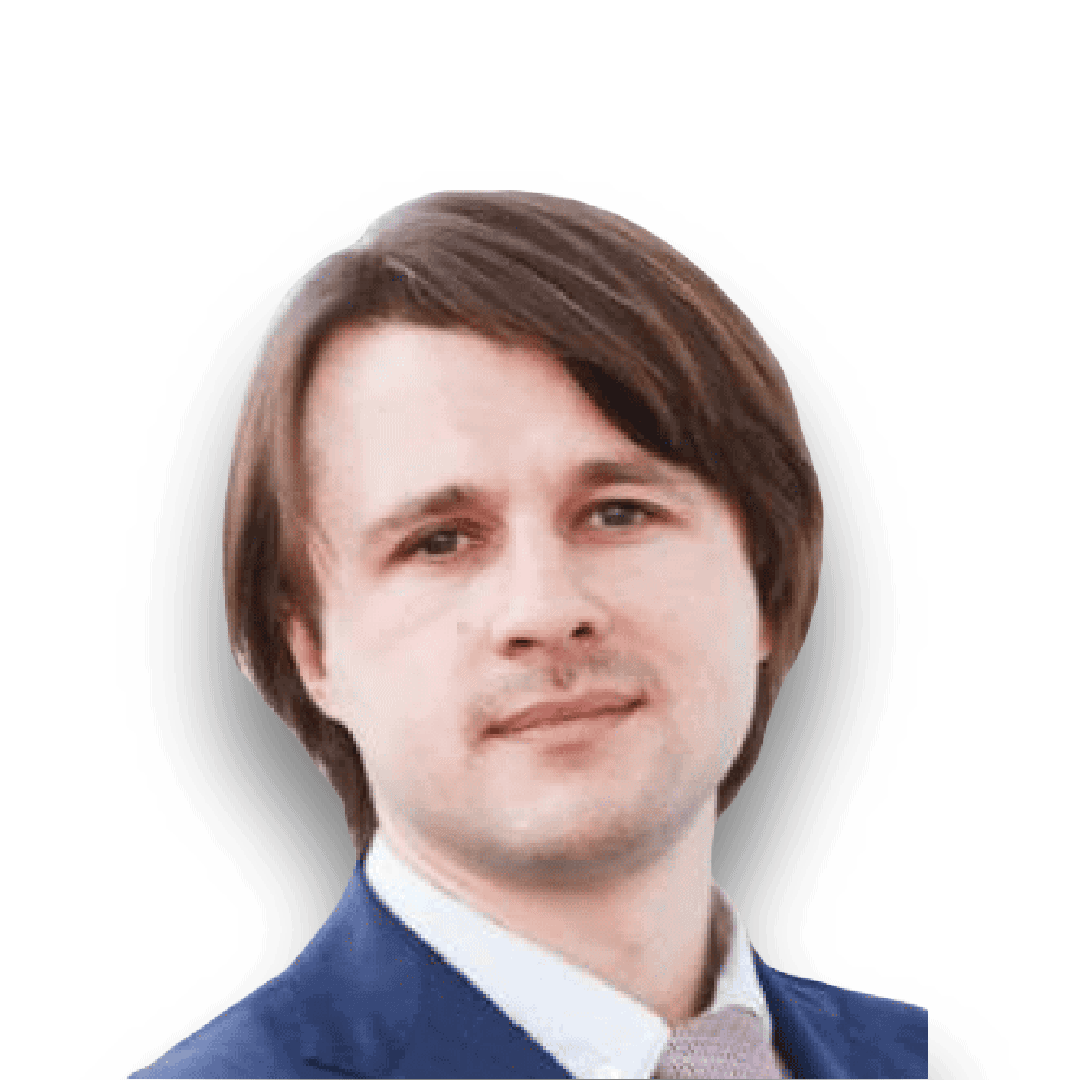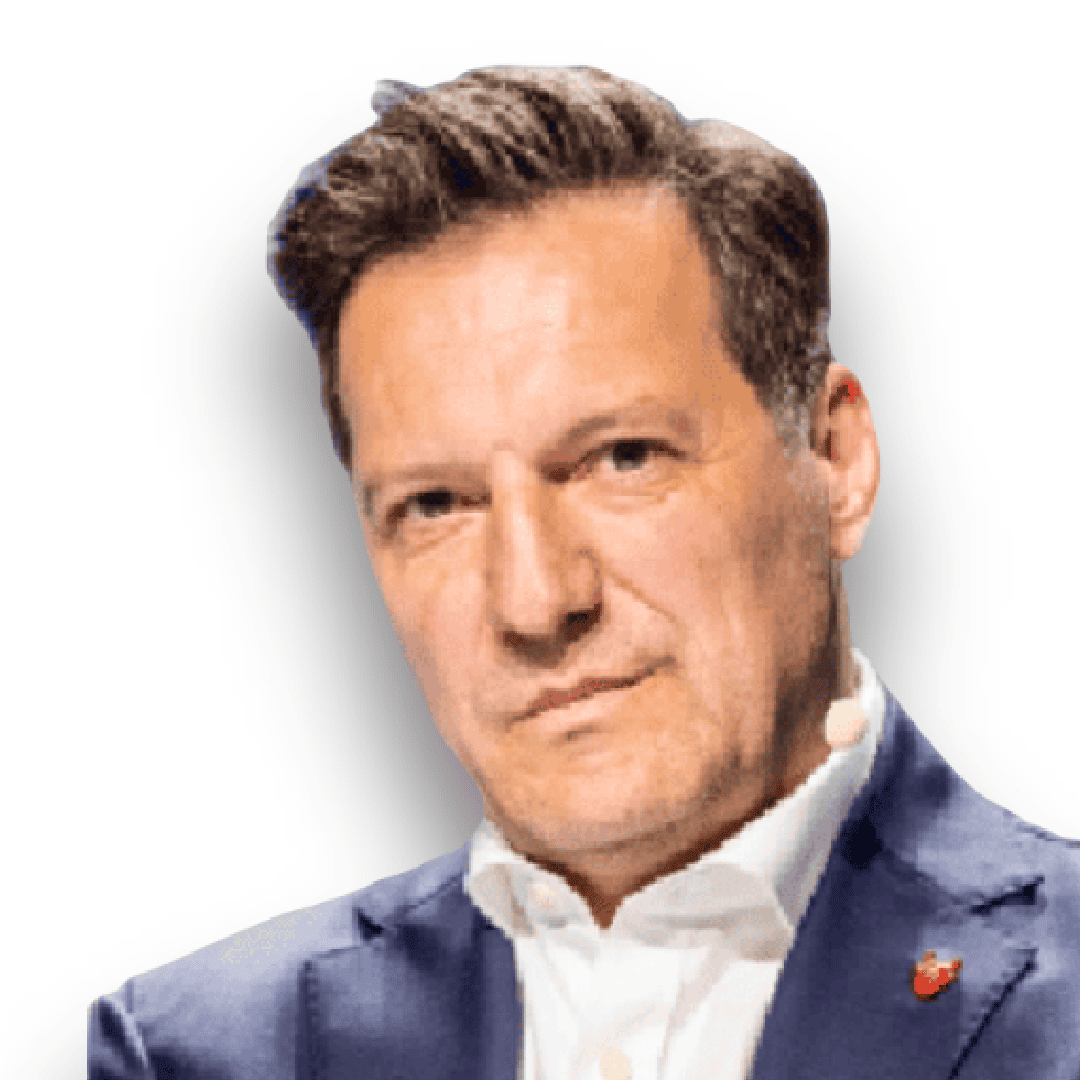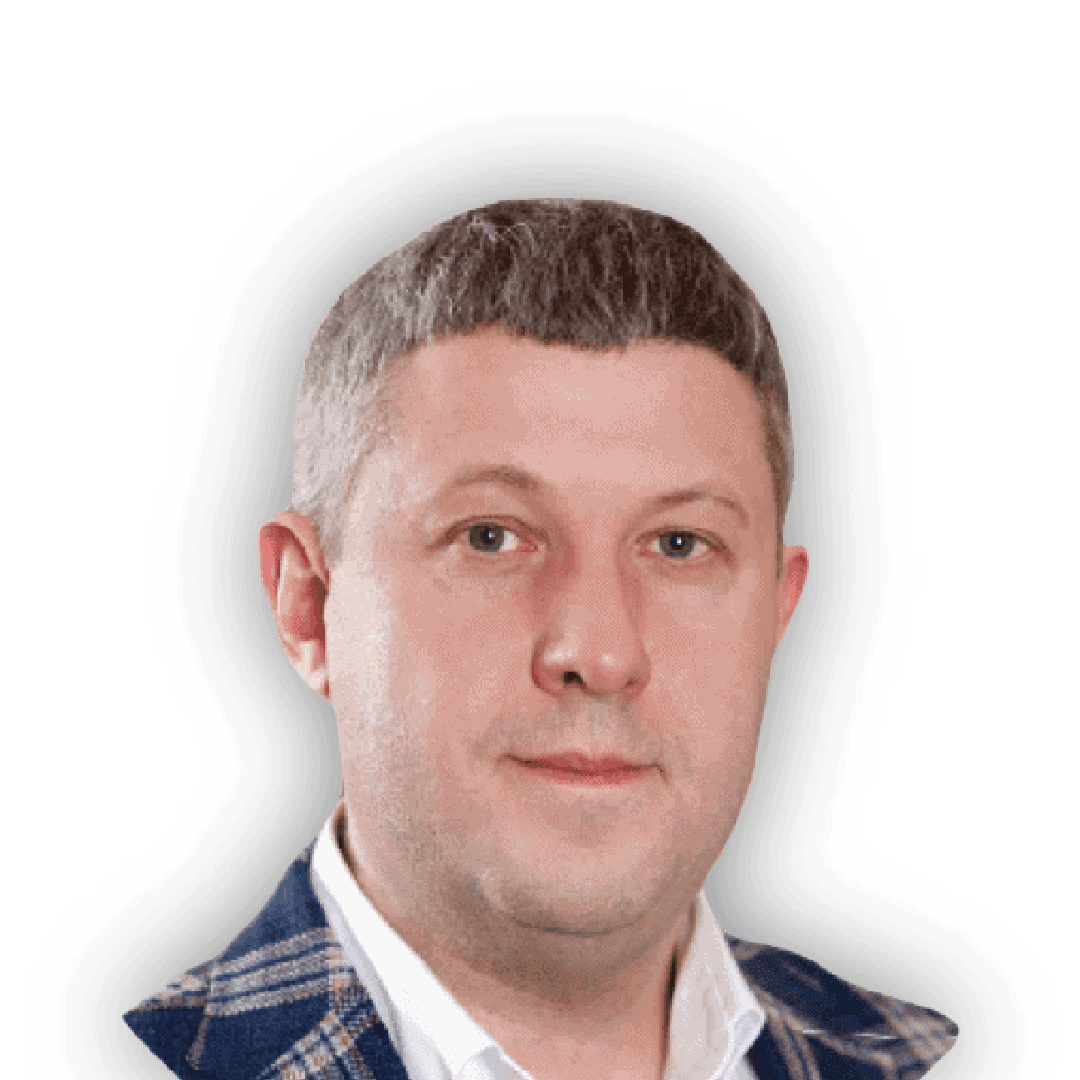Mr. Chris Barton, His Majesty's Trade Commissioner for Europe, delivered a keynote speech at the MINEX Europe Mining Forum, arguing that mining matters for sustainability, security, and success.
AGENDA
Highlights
- 💡 Mining matters for sustainability
- 🛡️ Mining matters for security
- 💰 Mining matters for success
Summary
Sustainability: Mr. Barton highlighted the role of mining in the clean growth and energy transition, noting that critical minerals are essential for low-carbon technologies such as batteries, solar panels, and wind turbines. He also emphasised that mining can be done in a clean and sustainable way, with rigorous environmental standards and safety practices.
Security: Mr. Barton stressed the importance of securing supply chains for critical minerals, which are becoming increasingly important as we move away from fossil fuels. He noted that China controls over 23% of the global supply of cobalt, which is used in batteries, and that this creates a situation where UK and European jobs and industries are vulnerable to market shocks and geopolitical events.
Success: Mr. Barton argued that mining creates vast economic opportunities, both in the mining sector itself and in the wider economy. He noted that the UK’s 10-point plan for a green industrial revolution will create and sustain up to 250,000 local carbon jobs and that British mining supply chain companies are renowned for their expertise in clean growth. He also highlighted London’s role as the international hub for mining finance and services.
Mr. Barton concluded by stating that mining matters for sustainability, security, and success and that we need to communicate this message externally and celebrate it internally.
The mineral and metal supply and demand landscape in Europe is evolving rapidly due to the introduction of energy transition policies and the rise in geopolitical tensions. Europe is shifting its diversification strategy to develop its own mineral and metals potential and replace trade partners. However, Europe's true mineral potential remains not fully understood due to under-exploration, outdated geological surveys, and a lack of investment in mining technology. New exploration techniques and strategies hold the potential to unlock new reserves. Responsible mining practices are crucial to mitigate significant environmental impacts, including habitat destruction, water pollution, and greenhouse gas emissions. Developing these resources requires substantial investments in infrastructure, skills, and technology. This session focuses on rethinking mining in Europe to meet energy transition and climate change commitments.
Highlights
- Sustainability is key – mining operations can have major environmental impacts, so robust protections are vital.
- Developing resources requires investment in infrastructure, skills and technology.
- Copper reserves have increased globally, but lower ore grades mean more ore is needed per unit of copper. Exploration spend is recovering but focused on existing mines rather than new deposits.
- Lithium demand is surging for EVs. Supply is currently adequate, but a deficit could appear by 2030.
- Europe has potential with projects in Finland and Serbia. A ‘green’ lithium product can attract premium pricing.
- The EITI promotes good governance through its multi-stakeholder model. It is improving disclosures around issues like energy transition, emissions, and licensing.
- For financing, green bonds, transition bonds, and aim market listings can support sustainable mining. Governments have a role in improving the industry’s image.
- Private capital wants mining companies to fully develop assets, not just explore. It values speed, owner mentality, social license, and storytelling.
- UNFC standardisation of resource classification could better convey Europe’s potential. An International Centre of Excellence will build capacity.
Summary
Energy transition metals: can the mining sector keep up with demand?
Jason Holden discusses the challenges and opportunities in the mining sector and its role in the energy transition. It touches on the delays in mine development, variations in construction decisions, and government and social issues related to permitting. The presentation also highlights the significant capital expenditure (capex) in the mining industry, especially in gold mines, and the reasons why companies might be hesitant to develop mines. Additionally, it provides insights into the production and supply of critical minerals like lithium, their increasing demand driven by electric vehicle sales, and the growth of battery cell manufacturing, particularly in China and Europe. The presentation concludes by mentioning the forecasted supply of various metals, the potential for incentivised pricing, and the role of transparency in managing risks in the mining sector during the energy transition.
Extractives governance and the energy transition agenda
Mark Burnett focuses on the Extractive Industries Transparency Initiative (EITI) and its role in contributing to the energy transition. The EITI is presented as a global standard for good governance in the oil, gas, and mining sectors. It emphasises the importance of transparency in addressing the challenges of the energy transition, such as the growth of renewables and uncertain demand for fossil fuels. The presentation discusses how the EITI standard, updated in June 2023, strengthens disclosures in various thematic areas, including anti-corruption, energy transition, gender, social and environmental issues, and revenue collection. European countries’ utilisation of the EITI for multi-stakeholder dialogue and reporting on national energy transition policies is highlighted, with a specific mention of Germany’s efforts in this regard.
Capital Markets Update and Latest Financing Trends for European Mining Companies
Ayuna Nechaeva discusses the role of the stock exchanges in financing mining companies and their contribution to the energy transition. She provides an overview of the London Stock Exchange’s global operations, including its involvement in private markets and data analytics. They highlight the significance of London as a global financial hub and its role in supporting sustainable mining. The speaker emphasises the importance of sustainability disclosures for mining companies and their alignment with climate-related financial disclosure standards. They stress the growing interest in sustainable mining and critical minerals, particularly in areas like lithium, and the opportunities it presents for investments and future growth.
The three pillars of sustainable private equity investment in mining. Takeaways for the next unicorns
Gonzalo Waldman highlights the remarkable emergence of Sigma Lithium as a mining unicorn in the lithium market. The speaker reflects on the challenging history of the lithium market, from over-supply to underwhelming demand. They emphasise the role of clean energy and the electric vehicle (EV) transition in driving future demand for lithium. The speaker discusses Sigma’s unique position as an undervalued asset with significant growth potential. He points out the company’s strong fundamentals, including permits, financing, and feasibility studies. Sigma’s resilience during the COVID-19 pandemic and its potential to become a top-five lithium producer within five years are key factors in its success.
EU International Centre of Excellence on Sustainable Resource Management
Snježana Miletić introduces the project of establishing an EU International Center of Excellence on Sustainable Resource Management (EU ICRS). The speaker explains that the project is part of the Geological Service for Europe initiative and focuses on addressing the challenges in sustainable subsurface management. The EU ICRS aims to promote capacity building, policy support, and resource management aligned with the Agenda for Sustainable Development. The presentation outlines the main components of the project, including the development of a geological service, open frameworks, and standardised vocabulary to facilitate the green transition and high-quality geological data sharing.
09:30 - Energy transition metals: can the mining sector keep up with demand?
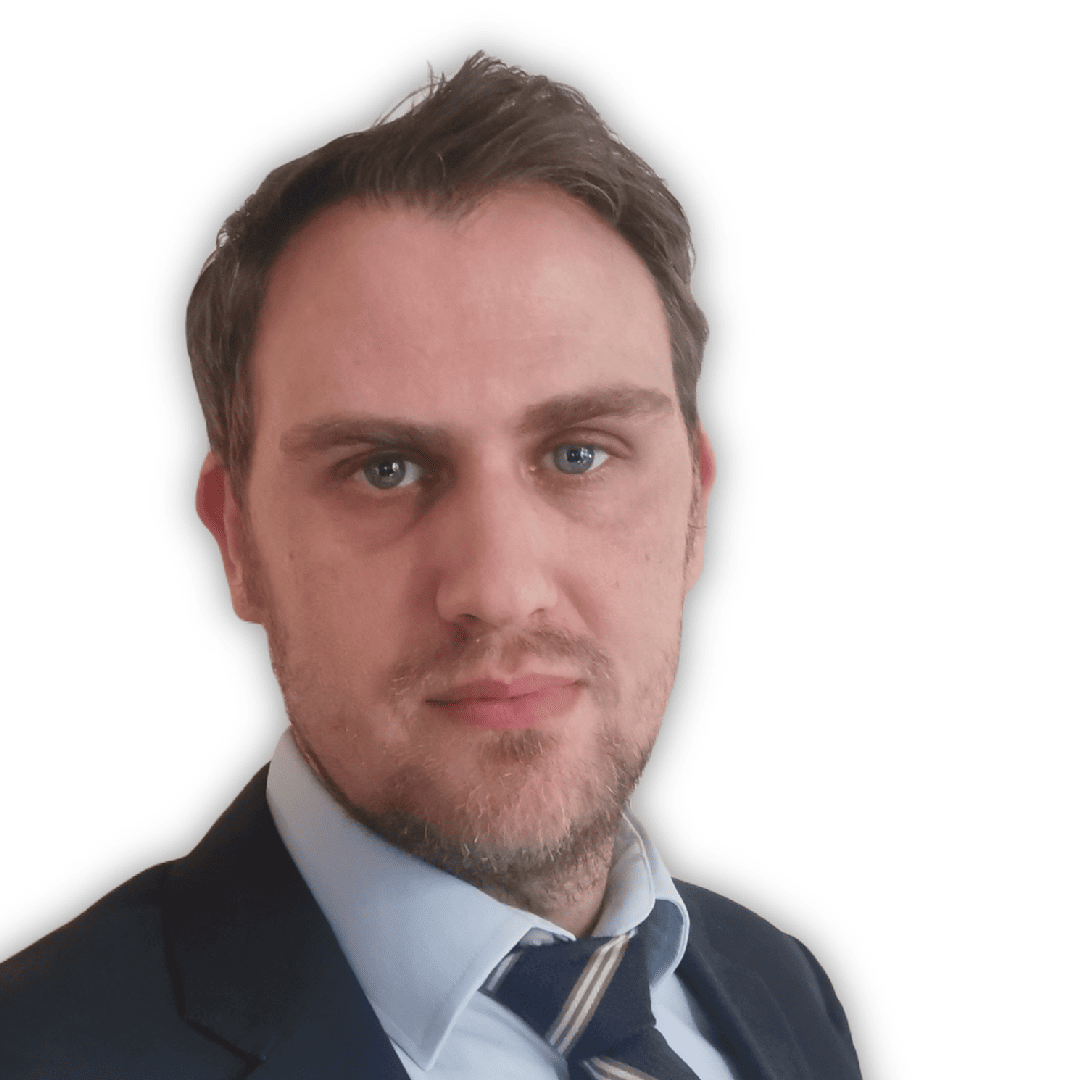
09:45 - Extractives governance and the energy transition agenda

10:00 - Capital Markets Update and Latest Financing Trends for European Mining Companies

10:15 - The three pillars of sustainable private equity investment in mining. Takeaways for the next unicorns
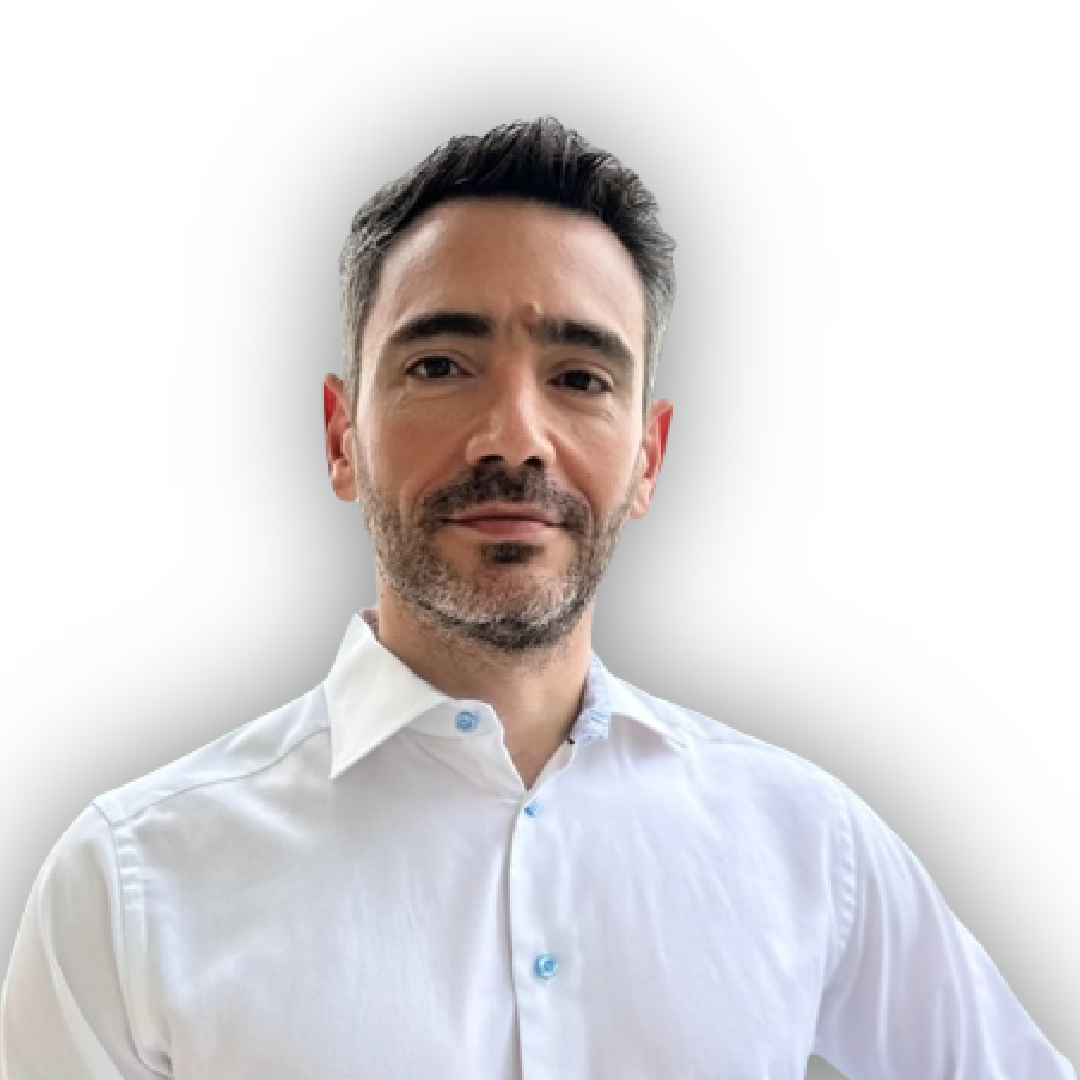
10:30 - EU International Centre of Excellence on Sustainable Resource Management
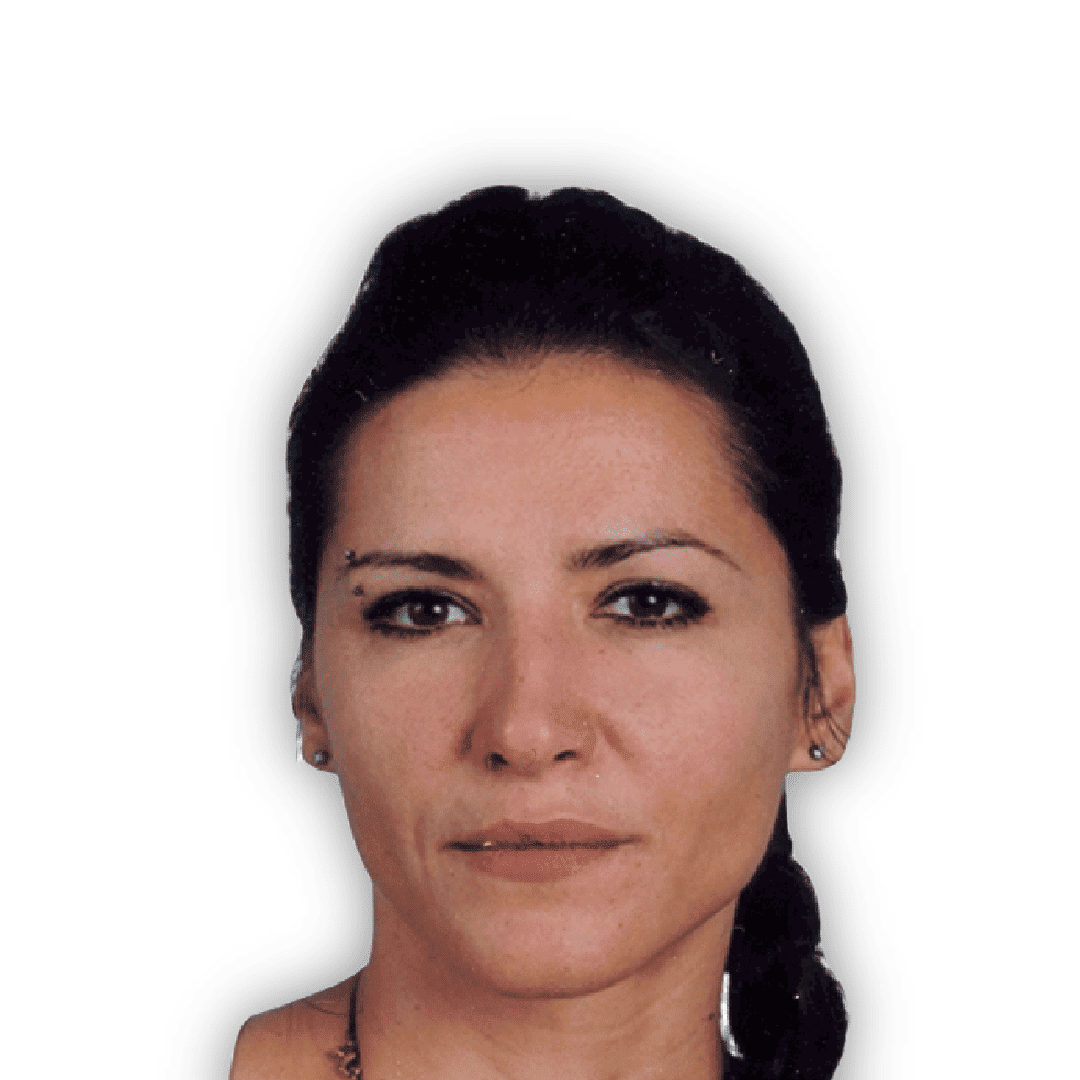
The coal mining industry in Central and Eastern Europe is facing significant challenges due to decreasing demand for coal. This situation is particularly true for countries like Poland, where coal plays a substantial role in the energy mix. However, there are opportunities for the industry to adapt, such as investing in carbon capture and storage technology, exploring alternative uses for coal mining sites and infrastructure, and reskilling and re-employing displaced coal workers. Government and regulatory bodies also play a crucial role in promoting sustainable mining practices and implementing energy transition policies. This session aims to discuss the strategies, innovations, and policies driving the shift towards cleaner energy sources in Central and Eastern Europe.
Highlights
- The mining industry, especially coal mining, is facing major challenges due to the transition away from fossil fuels driven by climate change goals and decarbonisation policies. Many mining regions need to transform their economies and find new opportunities for workers and communities.
- Governments have an important role to play in managing a just transition for coal regions through policies, funding, and stakeholder engagement. A just transition ensures that affected workers and communities are supported and not left behind.
- The World Bank has developed a comprehensive Just Transition Framework to help mining regions and workers, focused on governance, people/communities, and environmental reclamation. They assist countries globally with transition planning and investments.
- A Ukraine pilot project shows how unused mines can be sustainably repurposed into innovation hubs to create new jobs. Stakeholder engagement is key.
- Poland’s Lubelski Wegiel Bogdanka coal mine aims to diversify into mining critical minerals and investing in renewables to transform its business model by 2049. It has a new ESG-focused strategy.
- Case studies in Greece, North Macedonia and Poland demonstrate strategies for repurposing former mining sites into innovation hubs, renewable energy projects, and sustainable economic activities.
- Innovations for the Environment helped Poland’s Konin coal region, committing to be climate neutral by 2040, secure €20M in EU funds for reskilling workers and economic diversification.
- Reskilling programs, severance packages and community engagement are key for ensuring a just transition for coal workers and their families in regions like Eastern Greater Poland.
- Coal production in Poland is declining, but there are still opportunities to manage the phase-out and reclamation of mining areas through to 2049. Flooding pits to create lakes and investing in recreation, energy, and industrial projects can bring new life to post-mining areas.
- The Polish mining institute PIGOR is shifting its research focus from coal production to areas like environmental rehabilitation to support the transition.
The session emphasised collaboration, engaging miners and communities, reskilling workers, repurposing mining assets, policy alignment, and transition planning as key to a Just Transition.
Summary
Just Transition Initiative of the EBRD
Wojciech Lewandowski. The European Bank for Reconstruction and Development (EBRD) is helping mining companies and regions transition through investments in decarbonisation, skills development, and economic diversification. They require clients to show a genuine commitment to transition.
World Bank engagement on Just Transition in ECA
Wolfhart Pohl. The World Bank is committed to supporting a just transition and climate mitigation. This commitment includes three key dimensions: decarbonisation, human capital development for workers, and economic diversification. The bank works with various clients, including the private sector, municipalities, and governments, offering technical assistance and financing for investments. Examples include improving thermal insulation in municipalities, transition bonds for utility companies, and partnerships with entities like the European Union for just transition projects. The bank encourages a genuine will to undergo transition and the development of robust transformation strategies.
The World Bank is actively engaged in supporting a holistic approach to coal transition, with a focus on three key pillars: skills assessment and job matching for coal miners, repurposing of mining lands for various post-mining uses, and promoting economic diversification. This approach aims to address the entire coal community, including its people, environmental legacies, and post-mining economic development. While the global effort to decarbonise has shifted the focus towards coal mines, replacing energy produced by coal is essential, but equally important is replacing jobs in a more holistic manner. The World Bank acknowledges the need to navigate complex legal and regulatory frameworks in different regions and supports stakeholder engagement to ensure no one is left behind.
Developing a Just Transition for coal mining communities in the Lviv / Volyn coalfield, Ukraine
Paul Hesketh. The project undertaken in Ukraine over the last two and a half years serves as a pilot project illustrating a pathway for the Ukrainian government to repurpose state-owned, loss-making coal mines. It includes a social-economic assessment, a review of legislation, an analysis of engineering and environmental constraints, and the development of a master vision. This project aims to provide new opportunities for miners and local communities. The regional context reveals that these sites are in close proximity to over a million people. The pilot study focuses on mine sites in the town of Nova Valin. The key drivers include transitioning coal regions, responsible closure, and equitable growth for mining regions.
Transforming Bogdanka into multi-commodity concern
Seweryn Szwarocki. Lubelski Węgiel “Bogdanka” S.A., the youngest coal mine in Poland, is faced with the challenge of closing its coal mining operations by 2049 due to climate regulations and social agreements. To secure its future, Bogdanka has developed a new transformation strategy for the years 2023-2040. This transformation strategy comprises three pillars: exploring and mining critical raw materials in Poland, investing in large-scale renewable installations and new business lines, and embracing ESG (Environmental, Social, Governance) regulations. The aim is to diversify operations, generate green energy, and ensure social responsibility while moving towards sustainability. Collaborations with other companies and technological partners will play a vital role in this transition.
Just transition in Eastern Greater Poland – translating high-level climate policy targets to regional strategies
Michael Hetmanski. The region, supported by a coal power utility and in collaboration with the European Commission, has made a groundbreaking commitment to become the first coal region in Poland and Europe to achieve climate neutrality by 2040. To ensure the success of this transition, the European Commission has invited the region to apply for significant funding from the Just Transition Fund. This funding will be used to strengthen institutional capacity, implement environmental, social, and economic diversification projects, and support a comprehensive employee reskilling program. The program is highly generous, allocating about 10% of the Just Transition Fund’s regional allocation to reskilling, benefitting over 2,200 employees and their families, and helping the region cope with the economic challenges of transition.
Post-mining land management in Polish lignite industry
Jacek Szczepiński. In the context of coal mining in Poland, particularly in regions like Eastern Greater Poland, there is a need for a managed transition and rehabilitation of coal mining areas. The country heavily relies on coal for power generation, but due to specific challenges related to the vast open-pit areas and external dump sites, rehabilitation is essential. The plan includes various reclamation methods such as forestry, agriculture, and water reclamations. However, the most significant challenge lies in the management of post-mining pits, which will need to be flooded. To facilitate this process, just transition plans have been developed for coal mining regions in Poland, aiming to transform these areas into residential and resort complexes, green energy production sites, and more.
11:30 - Just Transition Initiative of the EBRD
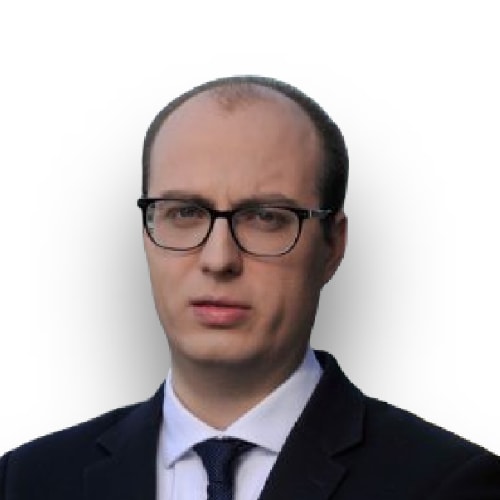
11:45 - World Bank engagement on Just Transition in ECA

12:00 - Developing a Just Transition for coal mining communities in the Lviv / Volyn coalfield, Ukraine

12:15 - Transforming Bogdanka into multi-commodity concern

12:30 - Just transition in Eastern Greater Poland - translating high-level climate policy targets to regional strategies
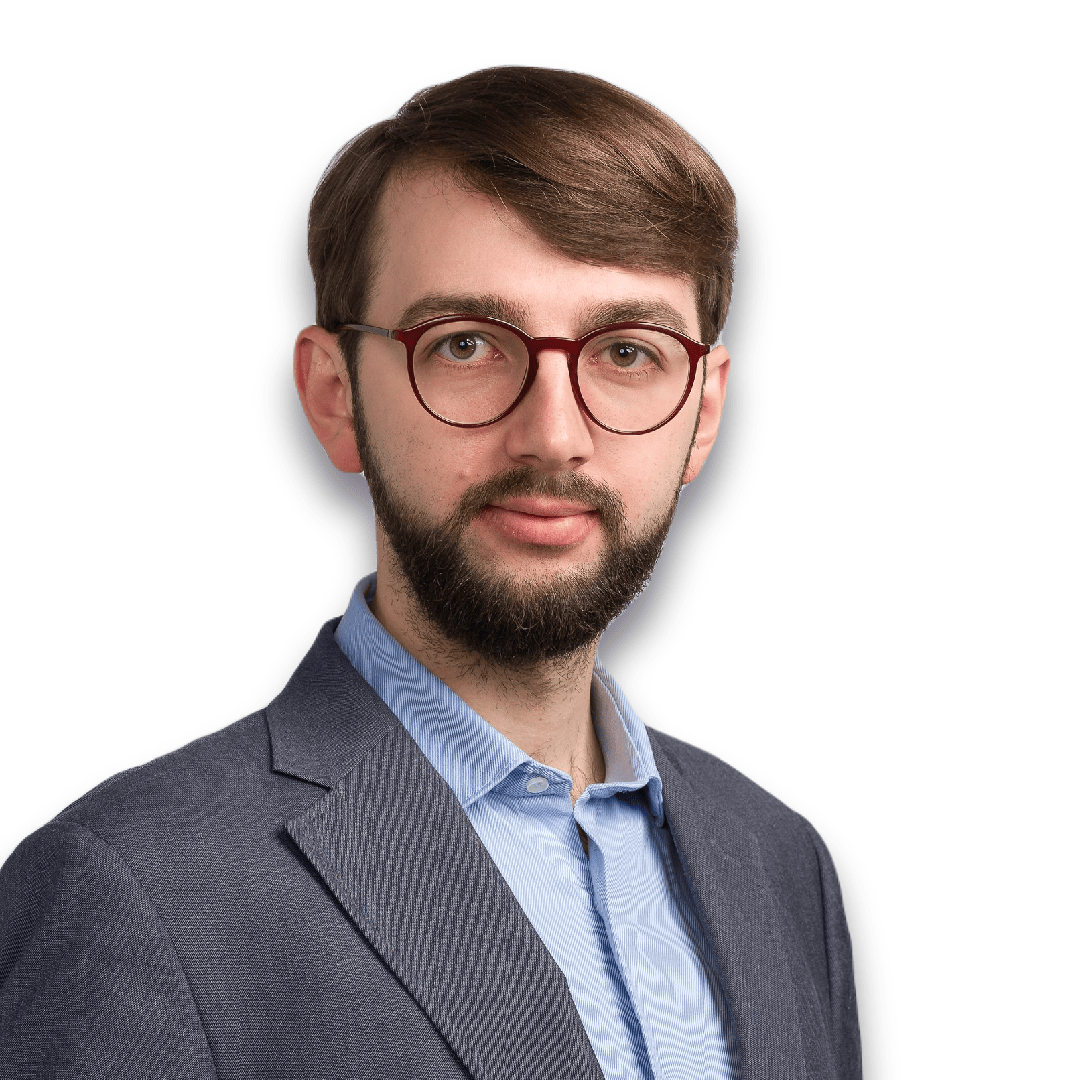
12:45 - Post-mining land management in Polish lignite industry.
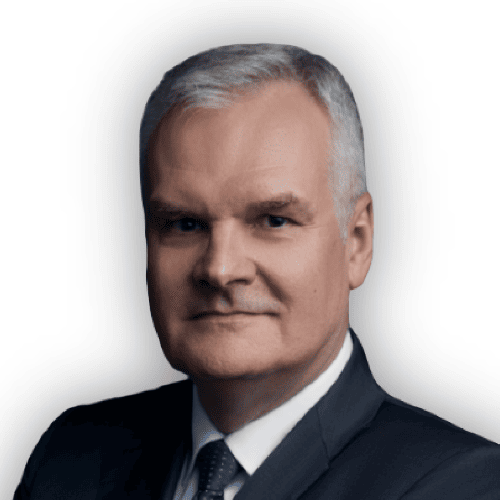
The presentations highlighted critical mineral projects in Finland, Norway, and Slovakia. Speakers emphasised the need for sustainable practices and community engagement to develop domestic supplies of key metals like rare earths, lithium, cobalt, and titanium. While Europe has mineral potential, building trust and overcoming local concerns remain key challenges.
Highlights
- Accessing critical minerals in Europe requires overcoming community concerns and building social trust.
- Mines can create both economic and social value if sustainability is made a priority early on.
- New technologies and local partnerships will be key to developing domestic mineral supply chains.
- Companies need strong ESG credentials and must communicate sustainability benefits to gain a social licence.
- Strengthening circularity and supporting research and innovation will help develop sustainable domestic supplies.
- Finland and Slovakia offer access to critical minerals like rare earths, lithium, and cobalt.
- Sustainable exploration in Norway requires early community engagement.
- Titanium has many critical uses and has huge potential, but production innovation is needed to unlock its full benefits.
Summary
To achieve the green and digital transitions, Europe must significantly increase and diversify its critical raw material supply, strengthen circularity, and support research and innovation. This aligns with the overarching objectives of the European critical raw materials act. These measures will help remove regulatory barriers and accelerate the development of sustainable supplies of battery materials such as nickel, cobalt, lithium, and graphite. Increasing domestic capacity and investments across the battery value chain, including exploration, mining, and refining, will be essential. Europe faces the challenge of phasing out internal combustion engine vehicles by 2035 while China still controls 97% of Europe’s lithium value chain. Moreover, the EU expects 45 new mines to be built in Europe by 2035, highlighting the need for developing domestic mineral supplies. Industry response includes various projects aimed at securing critical minerals for a low-carbon future. In this session, three speakers present their work on meeting Europe’s needs for critical minerals and enabling a low-carbon economy.
Exploring the rich critical mineral potential of Finland and Slovakia
Marian Urban. Prospect Limited is engaged in mineral exploration projects, focusing on cesium, tantalum, lithium, and other critical minerals. Founded in 2014, the Company engages in mineral exploration in Slovakia and Finland, with the goal of discovering, defining, and developing critical elements such as rare earths, lithium, cobalt, copper, silver, and gold resources. Prospech is taking steps to be a part of the mobility revolution and energy transition in Europe. The Company has a portfolio of prospective cobalt and precious metals projects in Slovakia and through its acquisition of the Finland Projects is in the process of acquiring prospective rare earth element (REE) and lithium projects. Eastern and Northern Europe are areas that are highly supportive of mining and have a growing demand for locally sourced rare earths and lithium. With the demand for these minerals increasing, Prospech is positioning itself to be a major player in the European market.
Sustainable exploration in Norway and Finland – non-technical risk management to deliver shared value
Graham Farrer. Kingrose Mining focuses on sustainable mineral exploration, aiming to leverage exploration and mining to deliver value and benefits to the community and stakeholders. Kingrose is well-funded, sustainability-led, and seeks to remove the ‘Junior’ from exploration, establishing a new approach to mineral exploration in a changing world. They aim to create shared value by building strong teams, developing a long-term plan for exploration, and ensuring a social license to explore.
Kingrose Mining emphasises the importance of managing non-technical risks in exploration, focusing on a specific project in Norway. They recognise the pristine environment and biodiversity value in the area and the traditional land use by the Sami people for reindeer husbandry. King Rose Mining is committed to early and consistent engagement with stakeholders, social investment plans, and ensuring consent before conducting exploration activities. They also use environmentally friendly drilling methods and communication strategies to minimize their impact. While lessons have been learned, Kingrose Mining is continuously working on improving their engagement, communication, and understanding of local requirements and regulations.
Ti-Time: developing titanium economy
Anna Poberezhna, CEO of CleanHub, discusses the significance of the titanium economy in the context of green energy transition. Titanium plays a crucial role in various verticals, including the decarboniszation of oil and gas, water scarcity technologies, and iconic architectural designs. The titanium industry consistently delivers profits and revenue, making it an attractive investment. With titanium constituting a significant portion of global equity markets, it’s a key player in the energy transition.
This key point discusses the significance of the titanium industry, highlighting its role in various sectors, including aerospace, defence, orthopaedics, and its strategic importance. Anna emphasises the critical nature of titanium for global security and the challenges posed by supply chain vulnerabilities. The presentation also addresses the potential for technological advancements, sustainability improvements, and the evolution of titanium manufacturing methods. Additionally, it mentions the significance of sustainable production for a net-positive environmental impact and predicts the growth and saturation of certain technologies in the titanium industry by 2030.
The presentation discusses the evolution and prospects of the titanium industry, comparing it to historical developments in the aluminium industry. While titanium has not yet experienced a transformative ‘Aluminium Moment,’ there is ongoing innovation in titanium processing and production methods, including advances in alloys, powder manufacturing, and additive manufacturing. The speaker acknowledges that predicting the future is challenging but highlights the potential for significant advancements in titanium processing within the next 5 to 10 years, leading to increased resource and energy efficiencies and a reduced environmental impact.
14:00 - Exploring the rich critical mineral potential of Finland and Slovakia

14:15 - Sustainable exploration in Norway and Finland - non-technical risk management to deliver shared value

14:30 - Ti-Time: developing titanium economy

Ukraine is a major producer of critical raw materials, and the government has developed a policy to promote their development and use. This policy includes plans to approximate the regulatory mining framework with the EU's, integrate into the CRMs and battery value chains, and attract joint investment. The ongoing Russian invasion poses challenges but significant potential for a critical raw materials alliance between Ukraine and European markets.
The panel discussion focused on the topic of how Ukraine is becoming the mining and metals transition hub and powerhouse of Europe. The panel features speakers from the Ukrainian government, the EU, and the mining industry. The session highlights various mining projects in Ukraine that are addressing these challenges and striving to make the mining industry more sustainable, smarter, and economically viable, while also contributing to the global mining industry. Additionally, the potential for Ukraine to provide significant amounts of graphite and other minerals to Europe is discussed, highlighting the opportunity for investment in Ukraine's mining and metal production sector.
Highlights
- Ukraine is working to establish a critical raw materials alliance with European and Global markets.
- The country is promoting cooperation and collaboration among stakeholders.
- Ukraine is implementing a transparent and predictable subsoil use system to reduce state influence and boost competition.
- Key improvements include the introduction of a unified State electronic information system for subsoil use, the right to transfer special subsoil use permits, and the use of international resource assessment standards.
- Ukraine is investing in new technologies and innovation for the production and processing of critical raw materials.
- The ongoing Russian invasion presents challenges, but Ukraine holds significant potential as a source of critical raw materials for European countries.
- Graphite is a crucial component in lithium-ion batteries, and Ukraine’s graphite resources are of strategic importance in the battery industry.
Summary
Reforming Ukraine’s Subsoil Sector Amidst Ongoing Full-scale Invasion
Hanna Bashniak. In December 2022, Ukraine implemented a law (2805) to reform its subsoil sector, aiming for a transparent, predictable, and competitive subsoil use system. This reform introduced a unified State electronic information system for subsoil use, simplified permit procedures, allowed the transfer of subsoil use permits to third parties, adopted international resource assessment standards, ensured legal certainty, introduced comprehensive subsoil use permits, and addressed sleeping permit issues. These changes are significant steps towards improving Ukraine’s investment climate and encouraging the responsible development of its mineral resources despite ongoing challenges.
Zavalievsky Graphite (Volt Resources Limited Company)
Roman Saramaga discusses Ukraine’s potential role in the graphite supply chain for battery production. Ukraine has a significant graphite resource base, and graphite is a crucial component of lithium-ion batteries, making it essential for the battery industry. The speaker introduces Zavlievsky Graphite, the sole Ukrainian graphite producer, which has substantial graphite reserves and production capacity. He highlights that demand for critical minerals like graphite is increasing, and Europe faces a shortage of resources. Zavlievsky Graphite aims to contribute to the battery supply chain and has secured funding for a graphite development project. The presentation sheds light on the importance of Ukraine’s graphite resources and their role in supporting the battery industry.
Critical & Rare Minerals in Ukraine Investment opportunities in Exploration & Production
The National Extractive Industries Association. The presentation focuses on the development of critical raw materials (CRMs) in Ukraine and the associated investment opportunities. Ukraine, a significant player in the production of raw materials like titanium, graphite, zirconium, and uranium, holds potential for high-value mineral production. The speaker mentions the impact of the Ukrainian conflict on specific regions and emphasises that areas with critical raw materials are less affected. Speaker also discusses Ukraine’s participation in international standards implementation, geological investigations, exploration, and the privatization of major mining companies, like the United Mining and Chemical Corporation. Furthermore, Ukraine’s ability to produce not only raw materials but also finished products, such as tubes, makes it an attractive investment destination for foreign investors interested in CRMs.
We find the Gems in Ukraine’s Mineral Endowment
Tony Lund. The presentation introduces Avellana, a mining project in Ukraine, with a focus on investing in precious metals and base metals. The speaker emphasises the project’s location in the far west of Ukraine, a considerable distance from the Eastern Front and the ongoing conflict. The deposit is an old, historic Soviet-producing mine, well-developed with numerous levels. The main factors to consider for potential investors are safety and political risk. Avellana is situated close to Hungary, making it relatively safe from military actions seen in other parts of Ukraine. The presentation highlights that while Ukraine faces challenges due to the conflict, the region where Avellana is located is relatively safe.
Avellana is a polymetallic mining project in Ukraine that originated from stockpiles of material left on the surface after the Soviet Union’s dissolution. Initially focused on extracting gold from weathered stockwork, they later realized the value of poly metallics, including gold, silver, lead, zinc, and copper. The project involves grinding, flotation, and good recovery rates, especially for lead, zinc, gold, and silver concentrates. Notably, Avellana aims to sell zinc carbonate in Ukraine and the EU market, showing a commitment to support the local economy. The project’s economics and production goals were also presented.
Opportunities and Challenges in Ukraine
The speakers discussed the challenges and opportunities in Ukraine, emphasising the need to turn risks into opportunities. Despite the ongoing conflict, Ukraine is actively reforming its business climate, making it more favourable for investors. There are ongoing efforts to reconstruct and rebuild the country. The discussion highlighted the resilience and determination of the people living and doing business in Ukraine and encouraged investment in the country’s future.
Businesses and NGOs Working Together for Mutual Benefit
The Foundation Ukraine is a non-governmental charity organisation operating in Lower Silesia since 2013. Its initiatives focus on education, development, and integration for migrants and refugees. They provide support, knowledge, connections, and opportunities to help individuals thrive within Polish society. The leaders of the Foundation Ukraine discuss the dynamic evolution of corporate social responsibility and the positive impact their organization has had on migrants and refugees.
Artem Zozulia and Anastasiia Tur emphasise the importance of businesses and NGOs collaborating for mutual benefit. Businesses are no longer just profit-driven but also actively support governments, NGOs, and communities. In times of conflict, businesses have even played a significant role in funding NGOs that support military efforts. The discussion highlights the shift in corporate social responsibility (CSR) and the changing perception of NGOs, demonstrating that all sectors work together as valuable players in building a better world.
15:30 - Reforming Ukraine’s Subsoil Sector Amidst Ongoing Full-scale Invasion
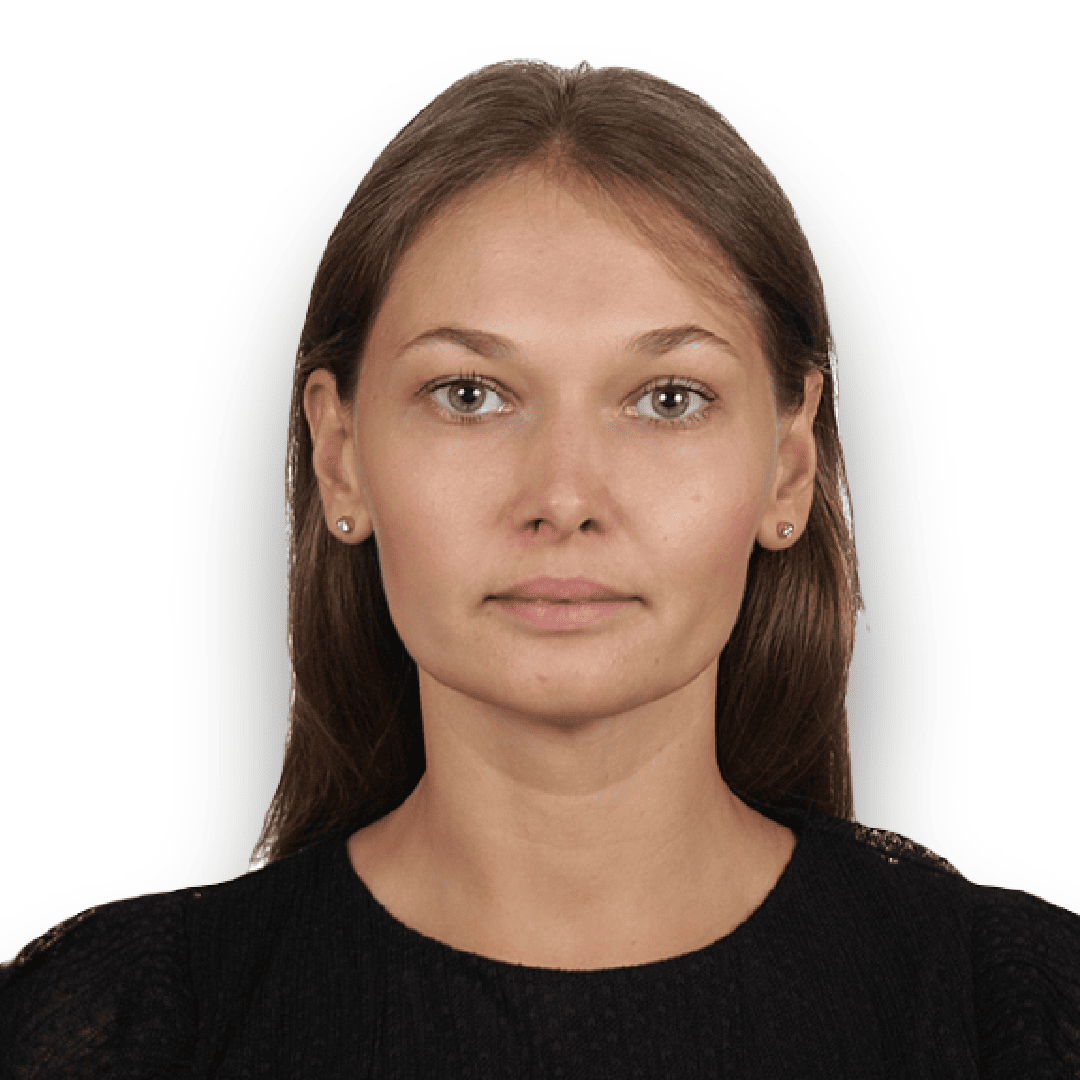
15:40 - Critical & Rare Minerals in Ukraine Investment opportunities in Exploration & Production

15:55 - Zavalievsky Graphite (Volt Resources Limited Company)
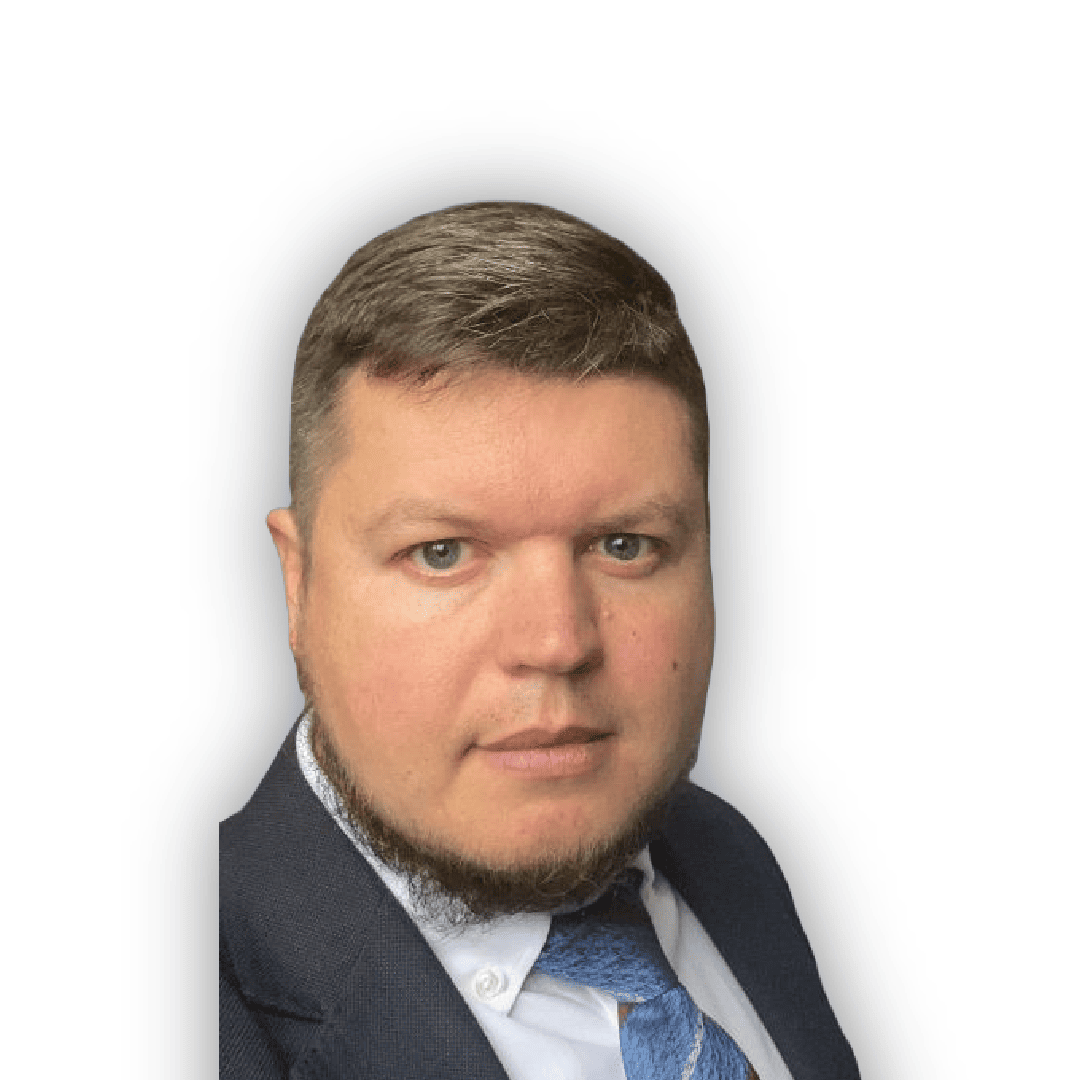
16:10 - We find the Gems in Ukraine’s Mineral Endowment

In this presentation, Foundation Ukraine leaders will explore the ever-evolving landscape of Corporate Social Responsibility (CSR), with a particular focus on its shift from a mere tool for enhancing corporate reputation to a core component of modern business practices. Presenters will shed light on the crucial role of forming effective partnerships with non-governmental organizations (NGOs) in propelling CSR initiatives forward. The presentation will focus on the essential aspects of migrant integration within the context of European urban development, emphasizing the importance of integration strategies in fostering diverse and inclusive teams within corporate settings. Lastly, speakers will tackle the humanitarian challenges experienced in Ukraine and Poland, delving into how humanitarian efforts play a pivotal role in bolstering resilience and driving both societal and economic advancement.
16:30 - Forging Stronger Alliances: A Comprehensive Approach to Corporate Social Responsibility, Migrant Integration, and Humanitarian Engagement

16:45 - Forging Stronger Alliances: A Comprehensive Approach to Corporate Social Responsibility, Migrant Integration, and Humanitarian Engagement

The European Union is committed to achieving Net Zero by 2030, with a focus on green energy technologies like solar power and fuel cells. This initiative involves redirecting significant investments from carbon-intensive technologies to low CO2 alternatives, amounting to 25% of annual capital investments in the EU. To meet climate targets, the European mining and metals industry must develop new low CO2 technologies within the next decade. The legal challenges in this transition include dealing with extraterritorial laws and threats to the rule of law. Additionally, commercial and political circumstances, as well as social licenses, play a crucial role in determining the success of green energy projects, as seen in cases like the wind turbines in Norway and seismic studies in South Africa.
Highlights
- The European Union set a target of producing 40% of the products it needs for Net Zero Technologies by 2030. This will require redirecting investments from carbon-intensive technologies to low CO2 technologies.
- The mining and metals industry must develop and commercialize new low CO2 technologies within the next 5-10 years.
- There are legal challenges and opportunities in the green energy sector, including fragmentation of laws and the extraterritorial reach of regulations.
- Increased accountability of states and private players is important in achieving net zero goals.
- Social license and stakeholder engagement are crucial for successful projects.
- It is important to think big and anticipate developments while also acting locally and respecting local interests.
- There are resources and consultants available to help companies navigate the legal and ethical challenges of the green energy transition.
Summary
Legal challenges and opportunities in the green energy transition
Bernhard Maier. The key challenge in the mining industry is to meet the vast demand for critical minerals while ensuring environmental protection. To address this, it is recommended to ‘think big’ but ‘act local,’ considering potential consequences and anticipating developments. Social license and the respect of local interests are crucial for project success. International courts may handle disputes differently, making it important to manoeuvre the global playing field.
Green Financing in JSW – the Sustainability Linked Loan (SSL) formula
Robert Ostrowski introduces JSW, a major coal mining company in Poland, with a focus on sustainable finance and reducing emissions. It emphasises the significance of cooking coal in the green transition, particularly in the production of steel for renewable energy projects.
How to eat the net-zero elephant? One bite at a time
David Pearce. Achieving Net Zero emissions in the mining industry is a significant challenge, given the energy-intensive nature of the sector. The speaker highlights the importance of reducing emissions in line with climate goals, such as the Paris Agreement. This includes targets like a 30% reduction by 2030. The pressure to reduce emissions comes from various sources, including carbon budgets, carbon taxes, investors, and customer demands. Companies that fail to meet their stated ambitions can face legal consequences. The mining industry is making significant changes, with a shift toward renewable energy and electric vehicles where possible. However, the road to Net Zero is challenging, particularly for industries heavily reliant on carbon-intensive processes.
The key point discusses the necessity of adopting new technologies and practices to make mining more environmentally sustainable. This includes using technologies like high-pressure grinding rolls, transitioning to low carbon cement, and considering carbon capture and usage. Mining companies are facing increasing pressure from downstream users to deliver higher quality and more environmentally friendly products. The presentation also emphasizes the need for evaluating projects with a focus on carbon emissions and using metrics like shadow carbon charges to make informed decisions. The mining industry is undergoing significant changes and embracing new ideas to achieve sustainability and mitigate its environmental impact.
Coal mining as a multi-purpose platform serving the needs of the emerging clean energy economies
Michal Drabik and Raymond Pilcher. The presentation outlines the UN’s role in addressing environmental sustainability in coal mining. It emphasises the UN’s focus on four pillars: environment, economy, working safety, and social justice. The UN’s work includes monitoring and reducing methane emissions, transitioning coal regions, and maintaining cultural and social aspects of mining communities. The UN encourages collaboration with the private sector and offer best practice guidelines. The UN promotes a comprehensive systemwide approach, with a priority on social justice to ensure a just transition and prevent anyone from being left behind.
Underground mining technologies for a greener future
Jonny Witter. This presentation discusses various technology-driven solutions for reducing carbon emissions in the mining industry. It emphasises the importance of embracing and implementing technology for greater efficiency and sustainability. The presentation highlights alternatives that are cost-effective and less capital-intensive, such as using equipment data for idling optimisation, payload optimisation, material identification, and data collection and utilization. These strategies can lead to significant reductions in carbon emissions while being budget friendly. The speaker also mentions that utilising available data and focusing on fleet management and task management can drive carbon reduction strategies effectively.
09:30 - Legal challenges and opportunities in the green energy transition

09:40 - Green Financing in JSW - the Sustainability Linked Loan (SSL) formula

09:55 - How to eat the net-zero elephant? One bite at a time
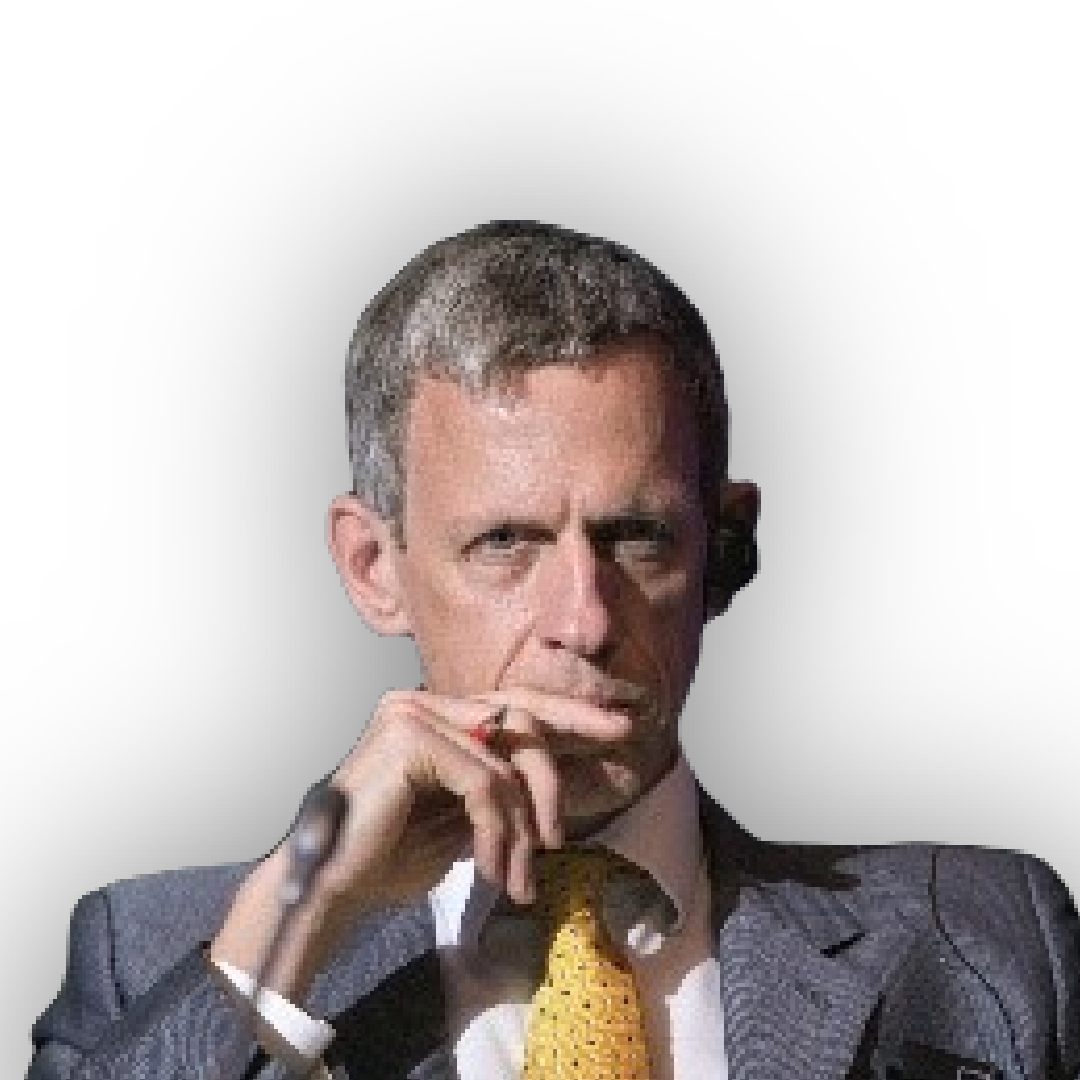
10:05 - Coal mining as a multi-purpose platform serving the needs of the emerging clean energy economies
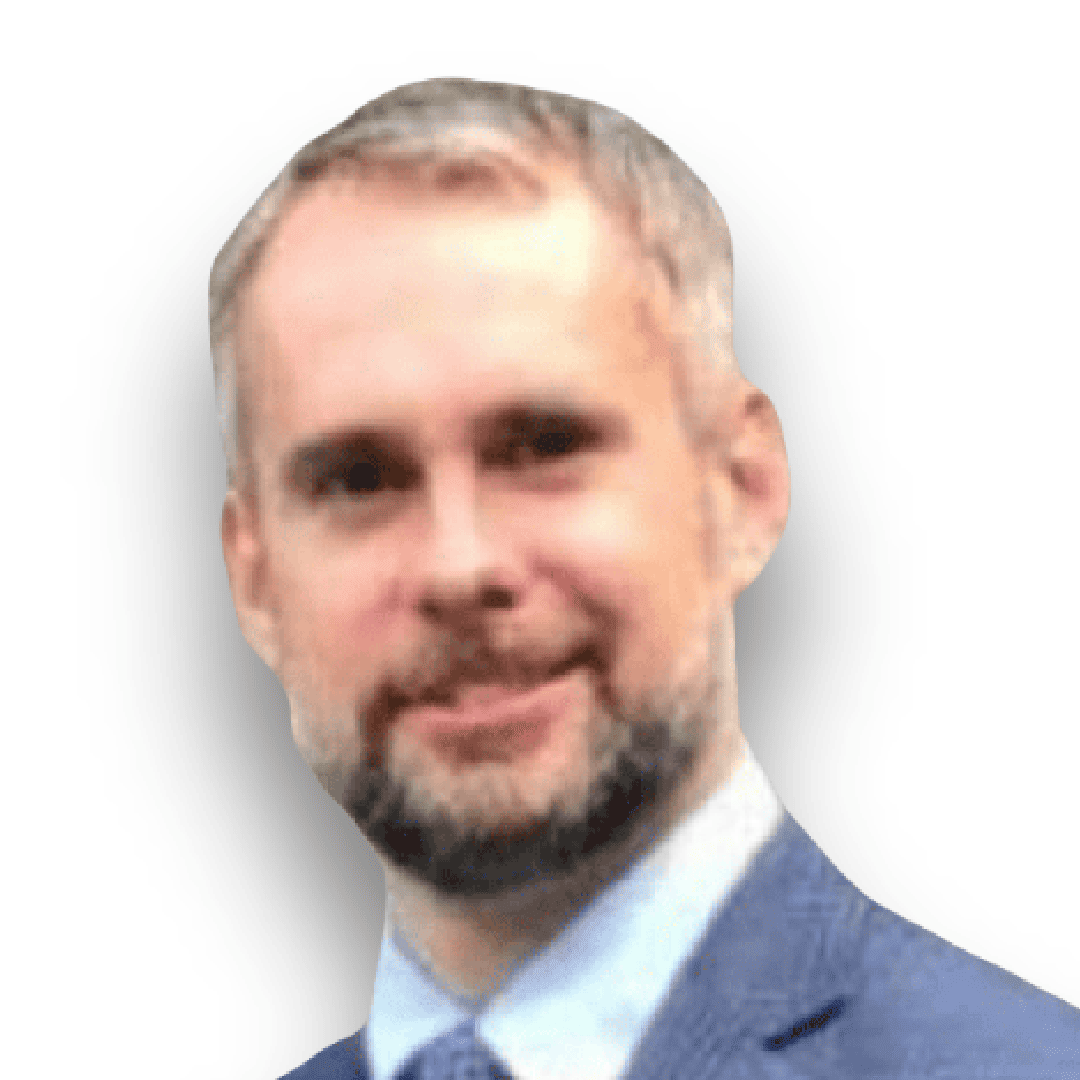
10:15 - Coal mining as a multi-purpose platform serving the needs of the emerging clean energy economies

10:30 - Underground mining technologies for a greener future

Junior mining companies in Europe play a crucial role in securing critical raw materials for the energy transition, but they face challenges in obtaining financial support. European banks and investors have been slow to finance mining projects due to environmental and governance requirements, causing delays in funding approval. The European Union is urging increased funding for mineral suppliers. The demand for critical raw materials is growing, driven by energy transition needs.
The discussion covers the importance of attracting funding to support exploration in Europe and the challenges faced by mining companies and investors.
Highlights
- The demand for critical raw materials is high, and exploration activities in Europe require more funding. Copper demand is set to double by 2035, posing challenges for supply.
- Junior mining companies in Europe play a vital role in securing critical raw materials for the energy transition.
- Junior and intermediate mining companies struggle to secure financing for exploration and development projects.
- Collaboration with financial markets is crucial for the success of mining and metal production.
- European banks and investors face challenges in financing mining projects due to environmental and social concerns.
- Collaboration, higher-risk exploration, and government incentives are needed to address the raw material supply deficit.
Summary
Global Mining Investment Trends – Electrification goals driving change
Gareth Taylor. One of the major challenges in achieving a zero-emission future is securing critical metals essential for energy-intensive systems, renewable energy, and electric vehicles. Governments are now realising the importance of facilitating investments in resource exploration and processing to reduce dependency on foreign sources. This challenge is particularly relevant in the context of shifting from combustion engines to electric vehicles, as the demand for various critical metals, such as copper, lithium, cobalt, nickel, and rare earths, is expected to increase significantly. Copper, in particular, has limited substitution options and is essential for offshore wind and other renewable energy technologies. It is crucial to address these challenges to ensure a sustainable and reliable supply of critical raw materials for the energy transition.
Ksenia Manyushis, Kate Janik, Gonzalo Waldman, Marian Urban, Graham Farrer and Denis Alyoshin
Challenging and opportunities in Europe’s mining industry
The mining industry is facing challenges in terms of resource deficits, increased exploration costs, and struggles in raising financing for junior exploration projects. The demand for critical metals is expected to rise significantly, with copper, lithium, and other metals being crucial for energy transition. Despite economic headwinds, there is a growing trend of resource investment. However, financing remains a challenge for junior exploration, and interest rates have risen. Creative financing agreements and strategic investments are becoming essential. It’s important to note that not all energy transition metals receive equal funding, and the industry depends on junior and intermediate players to discover new greenfield projects. Exploration budgets have seen fluctuations over the years, with a recent increase, but challenges persist for junior miners.
The panel discusses the challenges and opportunities in the mining industry, highlighting the need to attract new talent and innovative approaches to improve production and address environmental issues. They emphasise the role of policy dialogue to assist governments in shaping investor-friendly legislations. The discussion also touches on issues related to resource acquisition, land acquisition, and the reputational challenges the mining industry faces. There’s a call for repositioning mining as an attractive and cool sector, akin to the transformation of Barcelona football team’s image from being the best to the favourite.
Investing in Critical Minerals in Europe
The discussion focuses on the increasing importance of mining activities in Europe, driven by the need to secure jobs, address the ESG component, overcome material shortages, and become more independent from other regions. Panel members discuss their investments and projects, emphasizing the significance of critical minerals. They stress the potential of bridging Europe and Africa for secure supply chains, investment, and knowledge transfer while aligning with ESG standards.
European Mining Investment Trends
Discussions revolve around the state of mining investment in Europe. Panellists express mixed views, with some suggesting that despite talk of support at the European level, local governments remain a challenge due to political and social license risks. Others share optimism about increasing interest from Europe and major mining companies looking to enter Scandinavia. While interest from European investors is growing, there is also a shift toward small-scale and early-stage investments that may require more time to see substantial change in the market.
Challenges and Solutions in Collecting Ethical Data
The discussion centres on challenges in collecting ethical data for mining operations, particularly in regions like Africa, which require rigorous standards to ensure ethical sourcing. The panellists highlight the difficulties in dealing with conflict-prone areas and the need to track data throughout the supply chain. To address these challenges, they introduce the use of blockchain technology as a tool to collect, track, and share data, emphasizing transparency and ethical practices in the mining industry.
The Future of the Mining Industry in Europe
The panel discusses the future of the mining industry in Europe, addressing the challenges of attracting talent, competition for human capital, and the need for expertise in sophisticated mining operations. They mention the evolving landscape of mining in other countries, such as nationalisation and the shift from mining to conversion. The discussion explores the potential for downstream processing in Europe and the importance of local markets for battery plants. While there are opportunities for European mining, there’s recognition that the complete value chain might involve various countries.
Best-in-class mining practices for managing resources of metals and minerals involve a combination of strategies and techniques to ensure sustainable extraction and use of these resources. These include the use of advanced technologies for exploration and extraction, and the adoption of circular economy principles for efficient and sustainable use of resources. Additionally, mining companies are also focused on minimising their environmental footprint through the use of green remediation techniques and the integration of renewable energy sources. The industry is also investing in advanced operations technology, managing environmental regulations and stakeholder engagement, and developing assets in remote locations.
Highlights
- Advanced technologies like automation and AI are enabling more efficient and sustainable mining operations.
- Mining companies are reducing environmental footprints through green remediation and renewable energy use.
- Trade-off assessments help optimize strategic mine plans considering economics, waste, and ESG factors.
- Machine learning classification of core photos provides more data to reduce uncertainty in geotechnical designs.
- Automating underground design processes allows faster iterative layout optimization.
- Real-time monitoring and risk management of tailings facilities improves safety and ESG conformance.
- Repurposed mines can aid R&D, education and provide economic benefits after closure.
- Recovering metals from waste and side streams promotes circular economy and sustainability.
- With passion, closed mines can transform into sustainable tourism attractions.
Summary
Trade-off Assessments for Strategic Mine Planning
Chris Bray. The key point discussed is the importance of trade-off assessments in strategic mine planning. These assessments help make informed decisions about a project’s strategy by considering economic aspects, waste management, water stewardship, and carbon footprint. The development of trade-off assessment tools has become crucial for early-stage exploration, feasibility studies, and even when investors evaluate a project. It allows for better decision-making, reduces the risk of surprises, and ensures reasonable assumptions are used from the beginning. Trade-off assessment models have evolved from first-generation models based on average grades to second-generation models with more detailed, scoping-level accuracy. These models are applied at various stages of the project cycle and provide clarity to clients about key decisions for their strategic plans.
Monitoring and Governance of Tailings Dams
Iain Pickard. An integrated approach to risk assessment and 24/7 monitoring of tailings management is being piloted for improved compliance with global standards and to provide assurance to insurers. The approach involves three key elements: independent validation against industry standards, monitoring technology implementation, and data transformation into a cloud-based platform to create a dashboard. This comprehensive solution aims to address tailings risk and improve insurance options for mining companies.
Use of underground excavations for research and education purposes
Krzysztof Fuławka. The presentation discusses the potential of repurposing underground mines for various uses beyond mining, particularly in the context of job loss in the coal mining industry during the energy transition. The speaker emphasises the importance of addressing these challenges by finding alternative uses for underground workings such as underground tourism, scientific research, and geothermal energy production. The presentation cites examples of successful projects in Finland and Germany that have transformed former mines into research and commercial facilities, generating income and providing jobs. The speaker also addresses the challenges and risks associated with repurposing underground mines and introduces the European Underground Laboratories Association as a resource for further development in this field.
Enhancing Geotechnical Design with Machine Learning
Iñaki García. The speaker explores the application of machine learning and automation in geotechnical design processes for mining projects. Machine learning can enhance core analysis by automatically identifying and categorising core damage based on core photos, providing more objective data for geotechnical assessments. The presentation introduces the concept of a Core Damage Index to replace traditional parameters like RQD. Additionally, the speaker discusses the automation of geotechnical design for underground layouts, aiming to streamline the iterative and time-consuming process by utilizing customizable software and programming, ultimately improving the efficiency of geotechnical design.
Promoting Finnish Mining Technologies and Services
Lasse Moilanen. This presentation discusses the role of Mining Finland, an organisation promoting Finnish mining technologies and services. With 78 active members, the organisation supports Finnish technology providers in finding global cooperation partners, securing foreign investments for mining projects, and facilitating R&D and educational collaborations in the mining sector. Their members range from startups to large companies, covering the entire mining value chain from exploration to battery chemicals. Mining Finland actively participates in global mining events and plays a pivotal role in enhancing Finland’s contributions to the mining industry. Finland has active cooperation and innovation in circular economy solutions, reducing waste, conserving energy, and optimizing water usage. Companies like Boliden offer promising sustainable solutions for the cement and concrete industry by utilizing tailings for raw materials. The circular economy focus includes recycling materials, reducing carbon footprints, and fostering innovation in mining, exemplified by companies like Keliber, Aromer, and GTK, which are pioneering unique mining solutions.
From Zero to Hero: The Gold Mine’s Inspiring Journey
Małgorzata Szumska Dziczkowska. This presentation shares the inspiring journey of a gold mine near Kłodzko. The mine, which had a rich history dating back to 12th century, saw a decline until it was closed in 1961. In 1986, a few investors and the local government decided to open it for tourism but struggled to attract visitors. An unexpected hero emerged when the owner’s mother secured a loan to buy the gold mine. The family’s commitment to imagination, investing in attractions, and opening something new each year has transformed the business. Today, they receive 300,000 visitors annually and employ 140 people. Beyond business success, they embrace a responsibility to preserve the heritage and culture of the area. Their mission extends to the local community, turning post-mining areas into thriving communities. They also have ambitious projects, like finding a mine that disappeared 500 years ago, seeking expertise from the mining industry.
14:00 - Trade-off Assessment for Strategic Mine Planning
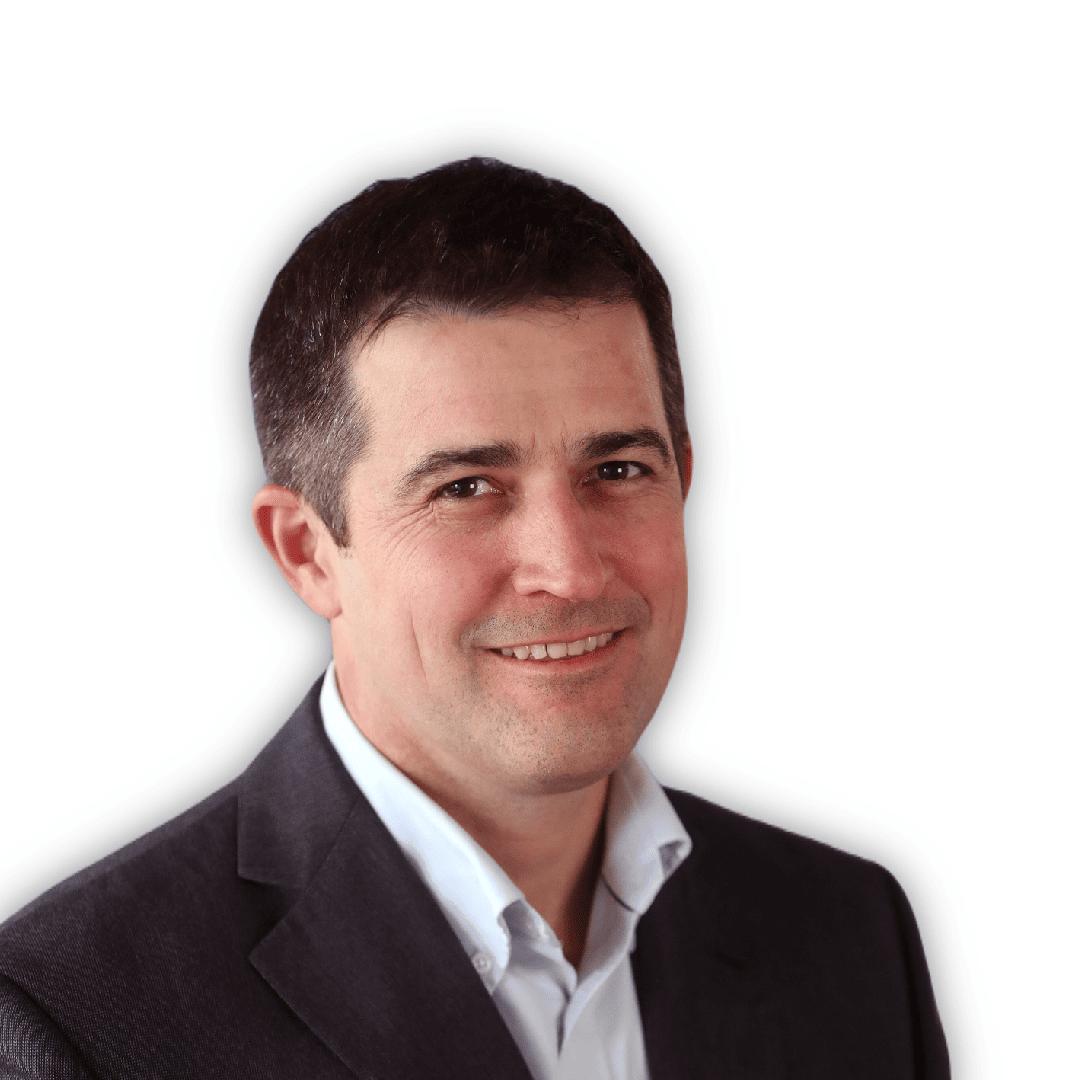
14:15 - 24/7 Tailings Risks Assessment and Monitoring - a Case Study

14:30 - Use of underground excavations for research and education purposes

14:45 - Enhancing the Geotechnical Design Process through Innovation

15:00 - Mining Finland - Technologies, services and education export from Finland

15:15 - Gold Mine - A passion that has become a business

Technology and digital transformation are playing an increasingly important role in the mining industry in Europe. Digital technologies such as artificial intelligence, machine learning, robotics, and automation are being used to increase efficiency and reduce costs in mining operations. The use of data-driven decision-making, geospatial technologies, and 3D modelling is also helping to improve mineral exploration and resource management. Additionally, advancements in the Internet of Things (IoT), blockchain technology, and virtual and augmented reality are helping to improve supply chain traceability, mineral rights management, and mining operations. In order to fully leverage the potential of these technologies, companies are investing in digital infrastructure and training workers in digital skills. The use of these technologies can also help to mitigate the environmental and social impacts of mining operations and promote sustainability and transparency in the mining sector.
Highlights
- Automation and robotics are transforming mining operations.
- Electrification and renewable energy integration are priorities.
- Data analytics and AI enable optimization and automation.
- Sustainability is a key focus across the industry.
- Collaboration between industry, government and academia drives progress
- Biodiversity should be considered from the start of mine planning and operations.
- New technologies like drones and AI can improve rehabilitation monitoring.
Summary
Metal Preconcentration and Sorting Technologies
Jacek Kołacz. The presentation discusses the importance of metal preconcentration and sorting technologies in the mining industry. It highlights the challenges of low mineral concentration and the generation of waste in mining operations. By implementing sorting units close to the mining phase, they can create a waste fraction early in the process, reducing transportation costs and processing expenses. The technology not only reduces waste but also lowers energy consumption, carbon footprint, and water usage. The presentation introduces various sorting technologies, including optical sorting, near-infrared, shortwave infrared, ultraviolet, and X-ray. It emphasizes the potential for simultaneous benefits, such as improved product quality and reduced operational costs.
AI-Enabled Belt Monitoring – An Industry Game-Changer
Farivar Rafiei. The presentation discusses the advancements in sorting and preconcentration technologies in the mining industry. It emphasises the importance of sensor signals and AI models in identifying minerals and waste rocks. The speaker shares examples of successful projects, including the preconcentration of zinc, copper, gold, and copper ores. These technologies have led to significant reductions in transportation costs, processing waste, and environmental impact while improving recovery rates. The speaker highlights the potential for efficiently producing critical minerals, reducing water consumption, and lowering energy consumption and carbon footprint. In conclusion, sorting and sensor-based technologies are seen as the future of mining, offering economic and environmental benefits.
Finding Mineral Deposits with Machine Learning in Geophysics
Tim Archer. The presentation discusses the challenges of finding mineral deposits and introduces a solution that combines geophysics with machine learning. The speaker emphasises the difficulties in locating mineral deposits and highlights the importance of this initial step in mining. They present a system that uses 3D cameras, image processing, and AI to provide accurate particle size analysis, fragmentation, volume monitoring, load profiling, and more. The system ensures consistency, minimizes damage, and enhances safety. Additionally, it offers cloud-based reporting and remote access. The speaker demonstrates how the technology can address common mining challenges such as screen breakage, belt damage, and more. The system can be easily integrated into existing mine software through an API. The presentation emphasises the importance of finding feedstock for mining and the role of geophysics and machine learning in this process.
Designing the Future of Mining with Aramine
Stephane Ebran discusses the company’s role in shaping the future of mining by providing advanced equipment and spare parts. Aramine has a rich history of over 50 years and has expanded its offerings from standard component exchange to remanufacturing, equipment sales, and more. With a strong focus on sustainability and a presence in multiple countries, including Poland, Aramine aims to deliver high standards of service and support for mining equipment. They have invested heavily in tools, equipment, local stocks, and qualified staff to ensure top-quality service in the Central and Eastern European region.
Passive Monitoring Systems for Geomechanical Hazard Reduction
Krzysztof Fuławka. This presentation discusses the use of passive monitoring systems for identifying geomechanical hazards in underground mining conditions. It highlights a specific project within the Horizon Europe program focused on passive monitoring systems. The project involves collaboration with various partners and focuses on muography, a technique that utilizes muons, elementary particles, to evaluate density changes in rock masses. Muon detectors are used to measure muon flux from various directions, allowing for the assessment of density changes. The application of muography in geomechanics is a novel approach that offers potential benefits for improving safety and hazard reduction in underground mines.
Flyability’s Drones for Hazardous Environments
Inga Khchoyan. The presentation discusses the applications of drones in the mining industry. It highlights how drones are used to inspect dangerous and remote areas in mines, check the conditions of ore passes and tunnels, and perform warehouse management tasks. Drones offer a safe and efficient solution, saving time and costs for mining companies. The technology’s value proposition revolves around enhancing safety, reducing downtime, and achieving significant savings in various industries.
16:00 - Metal ore pre-concentration by Comex multi-sensor sorters - current limitations and further development, on the example of the PRECON research project.
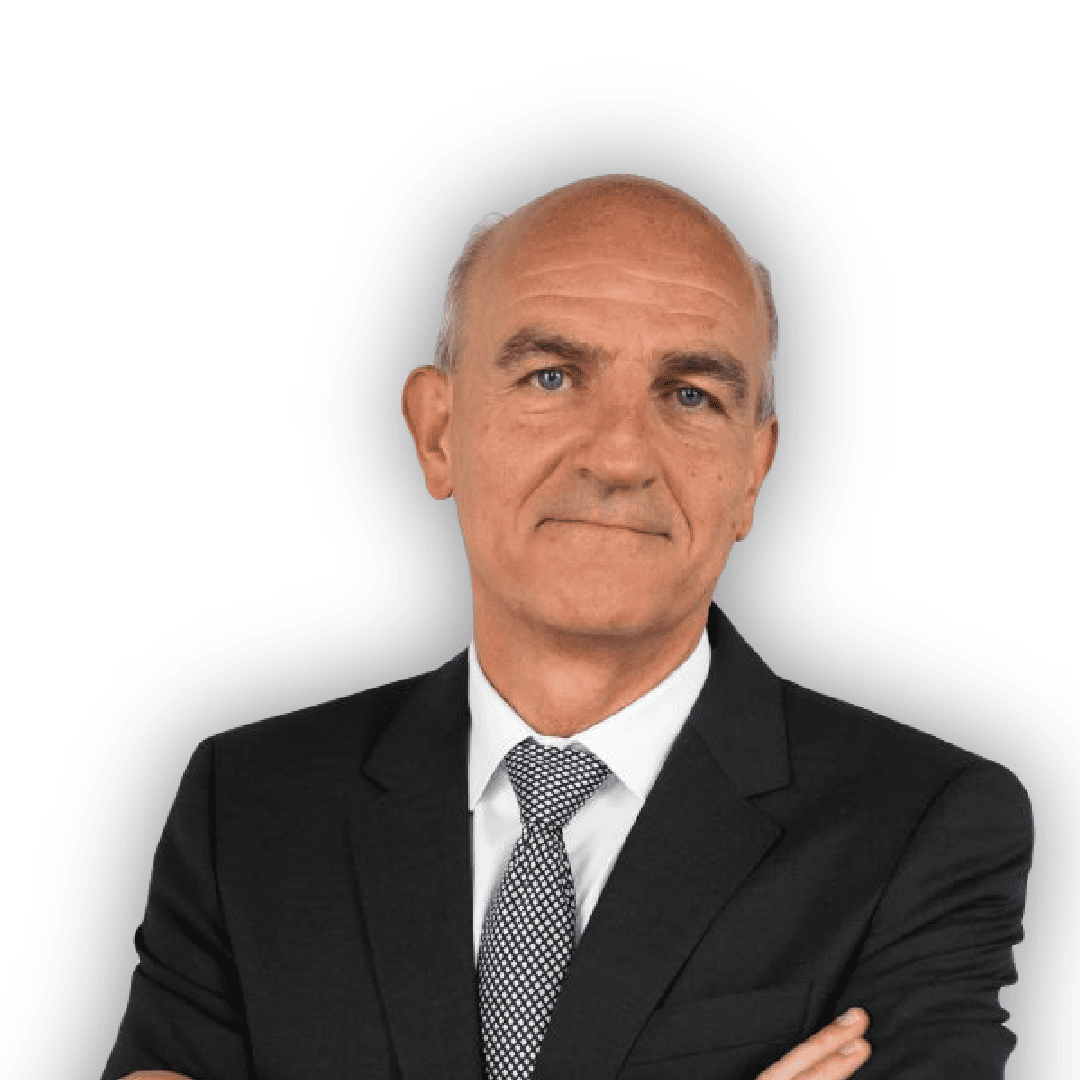
16:15 - AI-Enabled Belt Monitoring - An Industry Game-Changer.
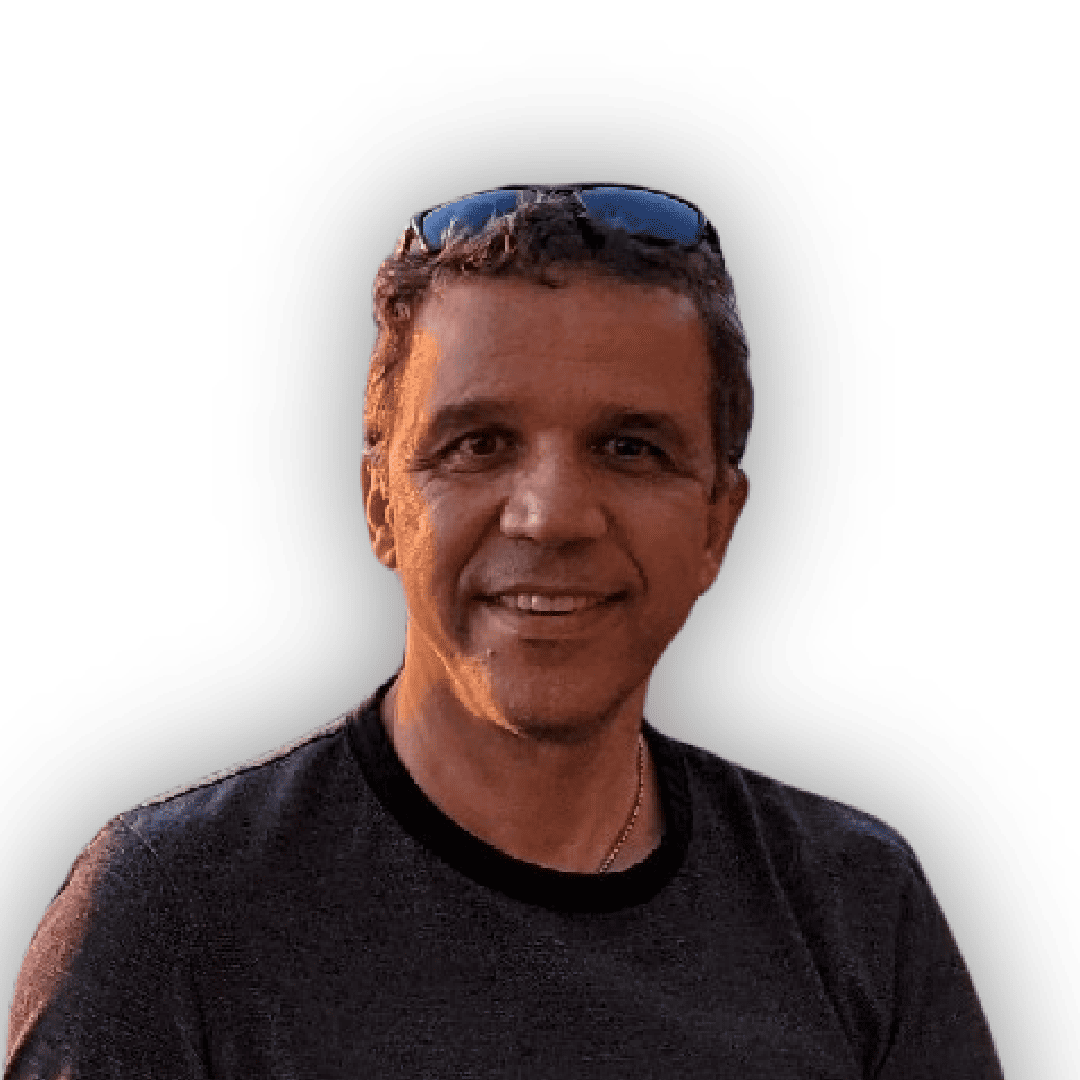
16:30 - Intelligent exploration: harnessing the power of machine learning for geological mapping and mineral detection

16:45 - Designing the future of mining

17:00 - Passive monitoring systems aimed at the identification of geomechanical hazards.

17:15 - How Elios3 drone is being used in mining

POST EVENT SITE VISITS
Visit to a Medieval Gold Mining Village at Złoty Stok after the Forum became an unforgettable experience showcasing post-mining reconciliation and redevelopment of mining areas, turning an abandoned mine town into a thriving tourist attraction and Polish-German heritage centre.
Read more about the visit





